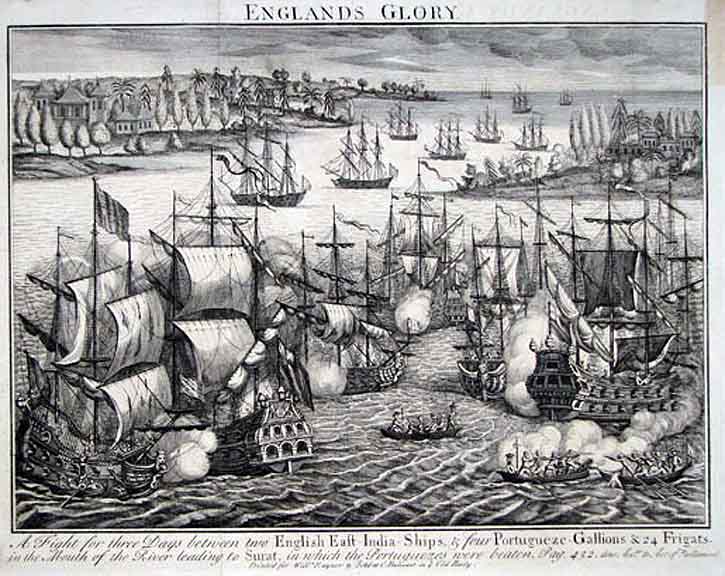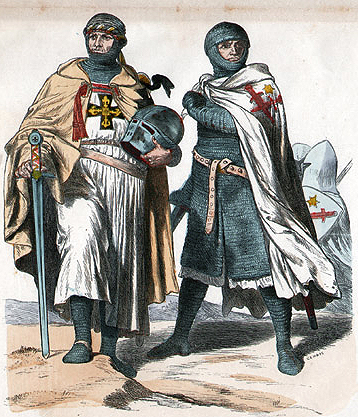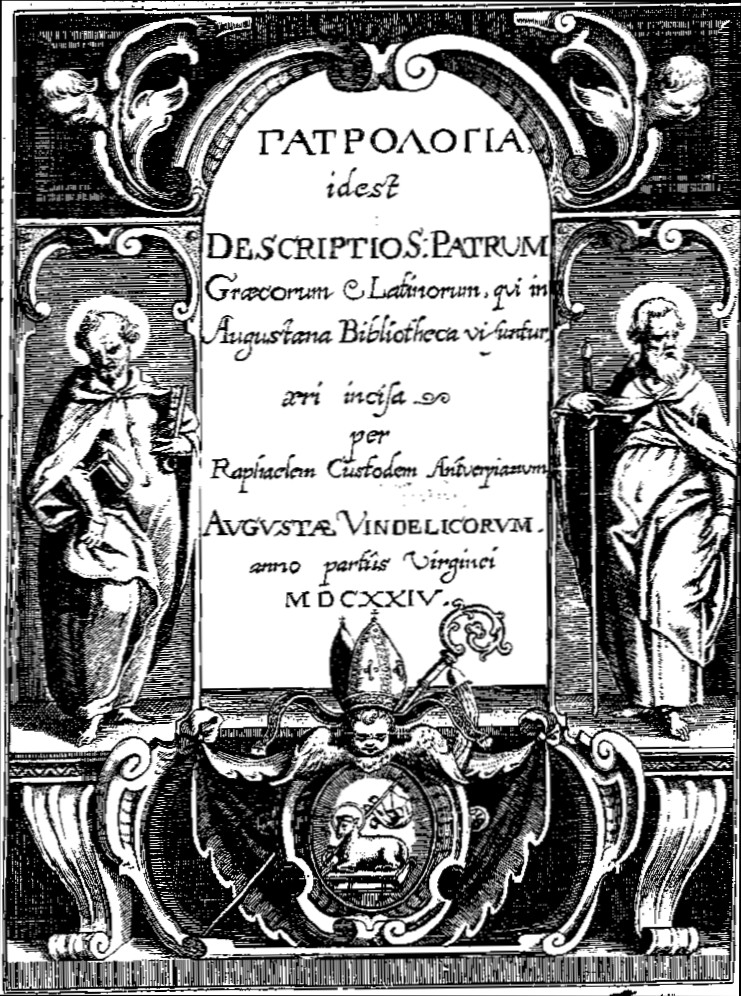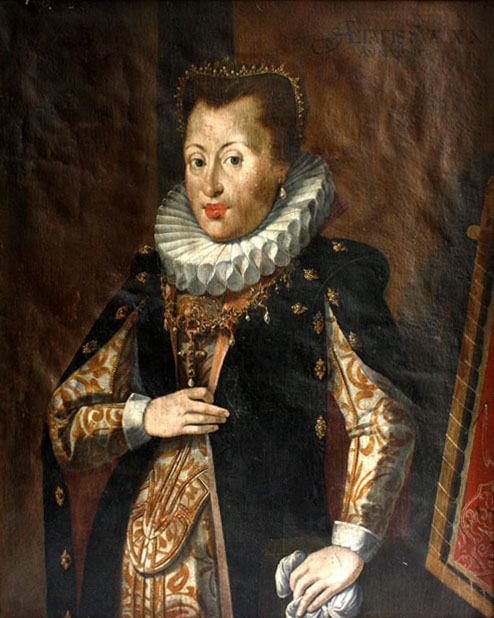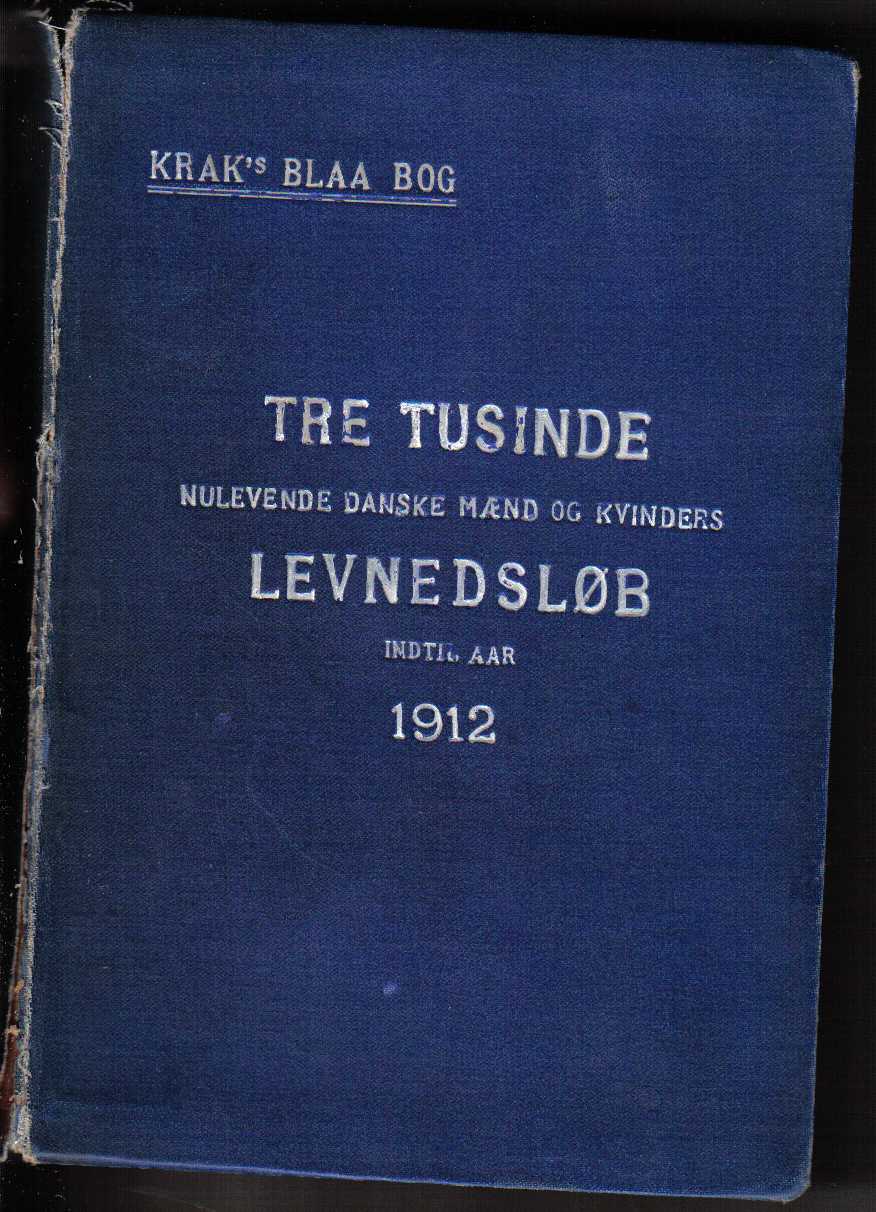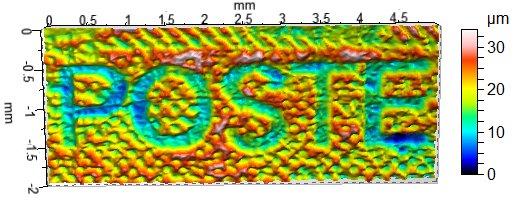|
Dominicus Custos
Dominicus Custos (1560–1612) was a Flemish artist, printer and copperplate engraver, who worked in the service of Emperor Rudolph II in Prague. Dominicus was born in Antwerp, the son of Pieter Balten, and settled in Augsburg as the second husband of the widow of Bartholomäus Kilian (1548–1588), a goldsmith from Silesia and the father of Wolfgang and Lukas Kilian; they were trained by Dominicus in the art of engraving after their father's death. Dominicus was the father of David Custodis, also an Augsburg engraver. Custos and the humanist Marcus Henning collaborated in producing the work ''"Tirolensium principum comitum"'' which appeared in 1599 and depicted 28 Counts of Tyrol from Albert IV (1190–1253) to Rudolf II (1552–1612). Custos was responsible for the engravings while Henning took care of the text and eulogies. (see The Spanish Hall at Schloss Ambras) Between 1602 and 1604 he published the ''"Atrium heroicum"'' in four parts. This was a collection of 171 en ... [...More Info...] [...Related Items...] OR: [Wikipedia] [Google] [Baidu] |
Schloss Ambras
Ambras Castle () is a Renaissance castle and palace located in the hills above Innsbruck, Austria. Ambras Castle is above sea level. Considered one of the most popular tourist attractions of the Tyrol, Ambras Castle was built in the 16th century on the spot of an earlier 10th-century castle, which became the seat of power for the Counts of Andechs. The cultural and historical importance of the castle is closely connected with Archduke Ferdinand II (1529–1595) and served as his family's residence from 1567 to 1595. Ferdinand was one of history's most prominent collectors of art. The princely sovereign of Tyrol, son of Emperor Ferdinand I, ordered that the medieval fortress at Ambras be turned into a Renaissance castle as a gift for his wife Philippine Welser. The cultured humanist from the House of Habsburg accommodated his world-famous collections in a museum: the collections, still in the Lower Castle built specifically for that museum's purpose, make Ambras Castle one of the ... [...More Info...] [...Related Items...] OR: [Wikipedia] [Google] [Baidu] |
16th-century Engravers
The 16th century began with the Julian year 1501 (represented by the Roman numerals MDI) and ended with either the Julian or the Gregorian year 1600 (MDC), depending on the reckoning used (the Gregorian calendar introduced a lapse of 10 days in October 1582). The Renaissance in Italy and Europe saw the emergence of important artists, authors and scientists, and led to the foundation of important subjects which include accounting and political science. Copernicus proposed the heliocentric universe, which was met with strong resistance, and Tycho Brahe refuted the theory of celestial spheres through observational measurement of the 1572 appearance of a Milky Way supernova. These events directly challenged the long-held notion of an immutable universe supported by Ptolemy and Aristotle, and led to major revolutions in astronomy and science. Galileo Galilei became a champion of the new sciences, invented the first thermometer and made substantial contributions in the fields of phy ... [...More Info...] [...Related Items...] OR: [Wikipedia] [Google] [Baidu] |
1612 Deaths
Events January–March * January 6 – Axel Oxenstierna becomes Lord High Chancellor of Sweden. He persuades the Riksdag of the Estates to grant the Swedish nobility the right and privilege to hold all higher offices of government. * January 10 – Gustavus Adolphus replies to Metropolitan Isidor, Odoevskij and the estates of Veliky Novgorod, Novgorod, stating that he himself wishes to assume responsibility for the government of Novgorod and also of all Russians. A number of land grants signed the same day show that the Swedish king has assumed the title of Tsar. * January 20 **Rudolf II, Holy Roman Emperor, dies and several candidates vie to succeed him, with Archduke Matthias eventually being elected. ** An uprising led by Dmitry Pozharsky begins in Moscow against occupying Polish troops. * February 11 – Battle of Vittsjö: King Gustavus Adolphus of Sweden and 3,000 of his troops are forced to retreat from Denmark. The 17-year old king almost dro ... [...More Info...] [...Related Items...] OR: [Wikipedia] [Google] [Baidu] |
1560 Births
Year 1560 ( MDLX) was a leap year starting on Monday of the Julian calendar. Events January–March * January 7 – In the Kingdom of Scotland, French troops commanded by Henri Cleutin and Captain Corbeyran de Cardaillac Sarlabous sail across the Firth of Forth from Leith, which they are occupying, and fight with the Lords of the Congregation at Pettycur Bay near Kinghorn. * February 27 – Treaty of Berwick: Terms are agreed upon with the Lords of the Congregation in Scotland, for forces of the Kingdom of England to enter Scotland, to expel French troops defending the Regency of Mary of Guise. * March 7 – A Spanish-led expedition, commanded by Juan de la Cerda, 4th Duke of Medinaceli, overruns the Tunisian island of Djerba. * March 17 – Leaders of the Amboise conspiracy, including Godefroy de Barry, seigneur de La Renaudie, make an unsuccessful attempt to storm the château of Amboise, where the young French king and queen are residing. ... [...More Info...] [...Related Items...] OR: [Wikipedia] [Google] [Baidu] |
Raphael Custos
Raphael Custos, or Custodis (1590–1664), was a German engraver and member of the Kilian family of engravers in Augsburg. Biography He was born in Augsburg as the oldest biological son of Dominicus Custos and Maria Pfeiffelmann, who already had two sons by her first marriage, Lucas Kilian, Lucas and Wolfgang Kilian. His parents later had two more sons, David and Jacob Custos, and they all became pupils of their father Dominicus.Raphael Custos in the RKD After his father's death in 1612, Raphael continued the family workshop. Though his stepbrothers began their own workshops in Augsburg, they remained in close collaboration, as Raphael did not travel himself, but stayed to run family affairs while his brothers made business trips. Works * ''Emblemata sacra passionis salvatoris nostri Jesu Christi'', with Lucas ...[...More Info...] [...Related Items...] OR: [Wikipedia] [Google] [Baidu] |
Ferdinand II, Archduke Of Austria
Ferdinand II, Archduke of Further Austria (Linz, 14 June 1529 – 24 January 1595, Innsbruck) was ruler of Further Austria and since 1564 Imperial count of County of Tyrol, Tyrol. The son of Ferdinand I, Holy Roman Emperor, he was married to Philippine Welser in his first marriage. In his second marriage to Anna Juliana Gonzaga, he was the father of Anna of Tyrol, future Holy Roman Empress. Biography Archduke Ferdinand of Austria was the second son of Ferdinand I, Holy Roman Emperor and Anna of Bohemia and Hungary. He was a younger brother of Emperor Maximilian II, Holy Roman Emperor, Maximilian II. He grew up in Innsbruck, where his father governed the Austrian hereditary lands on behalf of Ferdinand's uncle Charles V, Holy Roman Emperor, Charles V. Ferdinand was said to be the favorite son of his father. He was described by a visiting dignitary to court as "handsome and friendlier" than his brother Maximilian. Ferdinand and his siblings were raised very strictly and ... [...More Info...] [...Related Items...] OR: [Wikipedia] [Google] [Baidu] |
Giovanni Battista Fontana (painter)
Giovanni Battista Fontana (1524 – 25 September 1587) was an Italian painter and engraver. Fontana's training made use of the paintings of masters such as Titian and Veronese. His artistic output in Austria which is recorded from 1562, included major work on altarpieces, with countless sketches and engravings. With the assistance of his brother, Giulio Fontana, he painted frescoes in the chapel of Schloß Kaiser-Ebersdorf in Vienna in 1562. Fontana was born at Ala near Verona, but settled in Innsbruck in 1573. In 1575 he was appointed court painter to Ferdinand II, Archduke of Austria. He worked on frescoes for the oratory of the Hofkirche, the Spheristerion in 1573, the Silberne Kapelle which had been built by Giulio Fontana and where he painted 14 scenes of the Passion in 1576 and lastly decorated a castle chamber in 1578. Between 1583 and 1584 he set to work on the ceiling of the dining-hall of Schloss Ambras, depicting Allegories of the Zodiac, the Elements and the Plan ... [...More Info...] [...Related Items...] OR: [Wikipedia] [Google] [Baidu] |
Who's Who
A Who's Who (or Who Is Who) is a reference work consisting of biographical entries of notable people in a particular field. The oldest and best-known is the annual publication ''Who's Who (UK), Who's Who'', a reference work on contemporary prominent people in Britain published annually since 1849. Notable examples by country * ''Who's Who (UK), Who's Who'', the oldest listing of prominent British people since 1849; people who have died since 1897 are listed in ''Who Was Who'' * ''Cambridge Who's Who'' (also known as ''Worldwide Who's Who''), a vanity publisher based in Uniondale, New York * ''Marquis Who's Who'', a series of books published since 1899 by Marquis, primarily listing prominent American people, but including ''Who's Who in the World'' * ''Who's Who in New Zealand'', twelve editions published at irregular intervals between 1908 and 1991 * ''Canadian Who's Who'', a listing of prominent Canadians since 1910 * ''Who's Who in Switzerland'', published from 1953 to 1996 and ... [...More Info...] [...Related Items...] OR: [Wikipedia] [Google] [Baidu] |
Intaglio Printing
Intaglio ( ; ) is the family of printing and printmaking techniques in which the image is incised into a surface and the incised line or sunken area holds the ink. It is the direct opposite of a relief print where the parts of the matrix that make the image stand ''above'' the main surface. Normally copper, or in recent times zinc, sheets called plates are used as a surface or matrix, and the incisions are created by etching, engraving, drypoint, aquatint or mezzotint, often in combination. Collography, Collagraphs may also be printed as intaglio plates. After the decline of the main relief technique of woodcut around 1550, the intaglio techniques dominated both old master print, artistic printmaking as well as most types of illustration and popular prints until the mid 19th century. The word "intaglio" describes prints created from plates where the ink-bearing regions are recessed beneath the plate's surface. Though brass, zinc, and other materials are occasionally utilized, ... [...More Info...] [...Related Items...] OR: [Wikipedia] [Google] [Baidu] |
Humanities
Humanities are academic disciplines that study aspects of human society and culture, including Philosophy, certain fundamental questions asked by humans. During the Renaissance, the term "humanities" referred to the study of classical literature and language, as opposed to the study of religion, or "divinity". The study of the humanities was a key part of the secular curriculum in universities at the time. Today, the humanities are more frequently defined as any fields of study outside of natural sciences, social sciences, formal sciences (like mathematics), and applied sciences (or Professional development, professional training). They use methods that are primarily Critical theory, critical, speculative, or interpretative and have a significant historical element—as distinguished from the mainly Empirical method, empirical approaches of science."Humanity" 2.b, ''Oxford English Dictionary'', 3rd ed. (2003). The humanities include the academic study of philosophy, religion, histo ... [...More Info...] [...Related Items...] OR: [Wikipedia] [Google] [Baidu] |



